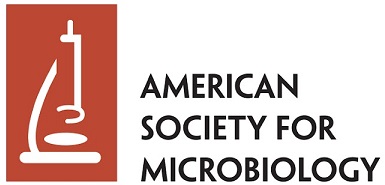Specialty Designation
Fellowship
In same state as program
0
Number of accredited programs
16
Length of accredited training
Minimum number of prior years required
Offers graduate year 1 positions, available immediately upon medical school completion
No
Average number of PY1 interviews
3.00
Percent of programs requiring Step 1 score for interview
81.20
Percent of programs requiring Level 1 score (for DOs) for interview
37.50
Total number of active residents/fellows
Average number of residents/fellows
0.80
Average percent female
29.10
Average percent international medical graduates
12.50
Average number of full-time physician faculty
4.10
Average number of part-time physician faculty
0.00
Average percent female full-time physician faculty
40.30
Average ratio of full-time physician faculty to resident/fellow
4.10
Average hours on duty per week
47.00
Average maximum consecutive hours on duty
11.40
Average days off duty per week
2.00
Average percent of training in non-hospital ambulatory care community settings
12.00
Average number of days of vacation
17.60
Average resident/fellow compensation
Specialty Overview
Medical microbiology is the subspecialty of pathology concerned primarily with the laboratory diagnosis, treatment, and control of infectious diseases.
Practitioners of medical microbiology provide: medical, scientific, and administrative direction for diagnostic microbiology laboratories; consultations regarding the pathologic/microbiologic diagnosis of infectious diseases; and clinical consultations regarding the selection and interpretation of medical microbiology tests. In addition to these activities, medical microbiologists may direct the infection control program of a healthcare organization, and participate on or direct an antibiotic formulary committee to optimize the wise use of antimicrobial agents and minimize the emergence of resistance toward these compounds.
